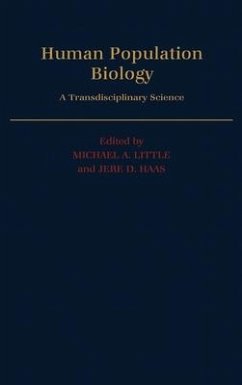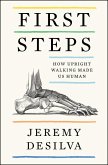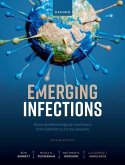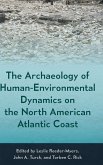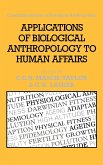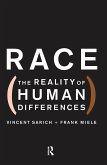Human Population Biology is a careful integration of the social and biological sciences, drawing on anthropology, biology, human ecology and medicine to provide a comprehensive understanding of how our species adapts to natural and man-made environments. The book's chapters fall into five parts. In Part I, techniques to adapt and apply large-scale demographic methods to smaller populations, particularly important for studying non-Western populations, are presented. In Part II, the relationship of medical genetics to human adaptability and patterns of disease epidemiology in small, non-Western populations are discussed. In Part III work capacity, climatic stress and nutrition are covered. In Part IV methods for growth assessment and prediction are presented and ageing is addressed. The final section, Part V, presents integrated case studies of human adaptation to high altitude, and patterns of modernization and stress resulting from cultural change.
As understanding about the universe grows, the traditional borders that circumscribe realms of exploration (academic sciences) become less well defined, and new fields arise. Human population biology is moving toward this transdisciplinary level from a biobehavioral and biocultural base that has its origins in anthropology.
Hinweis: Dieser Artikel kann nur an eine deutsche Lieferadresse ausgeliefert werden.
As understanding about the universe grows, the traditional borders that circumscribe realms of exploration (academic sciences) become less well defined, and new fields arise. Human population biology is moving toward this transdisciplinary level from a biobehavioral and biocultural base that has its origins in anthropology.
Hinweis: Dieser Artikel kann nur an eine deutsche Lieferadresse ausgeliefert werden.

